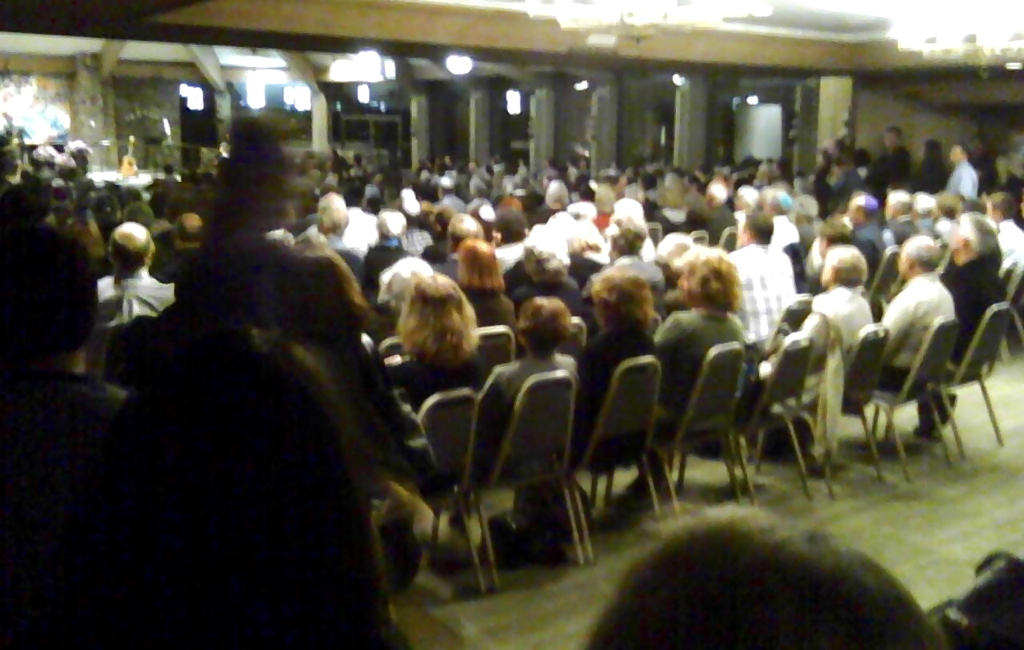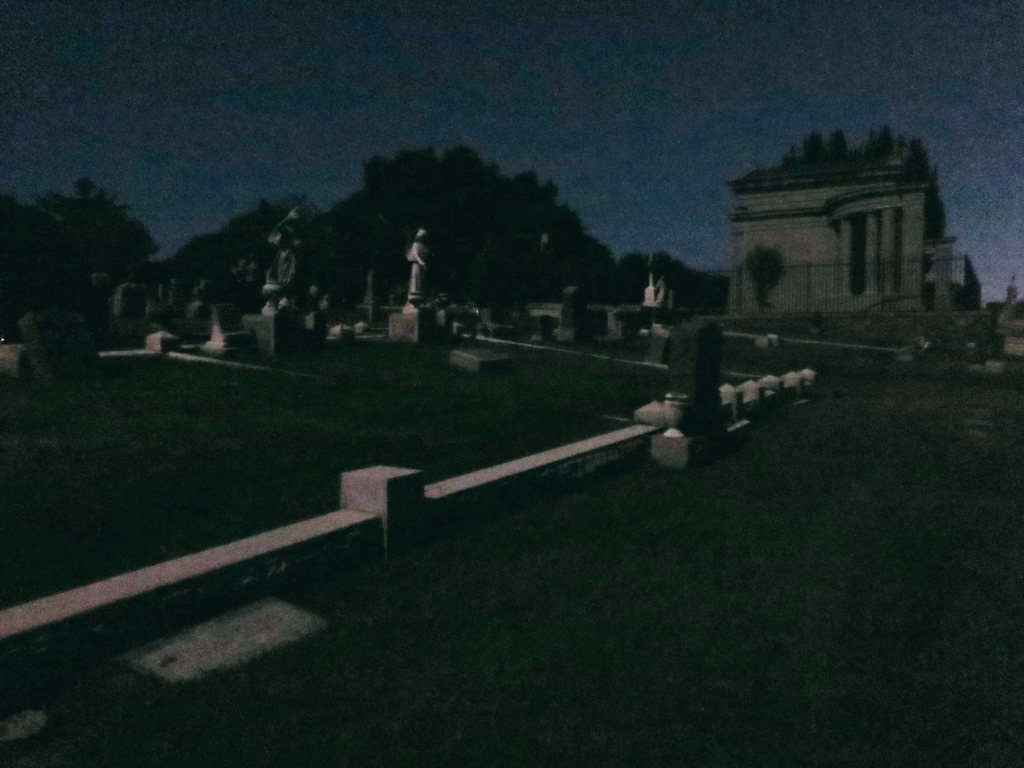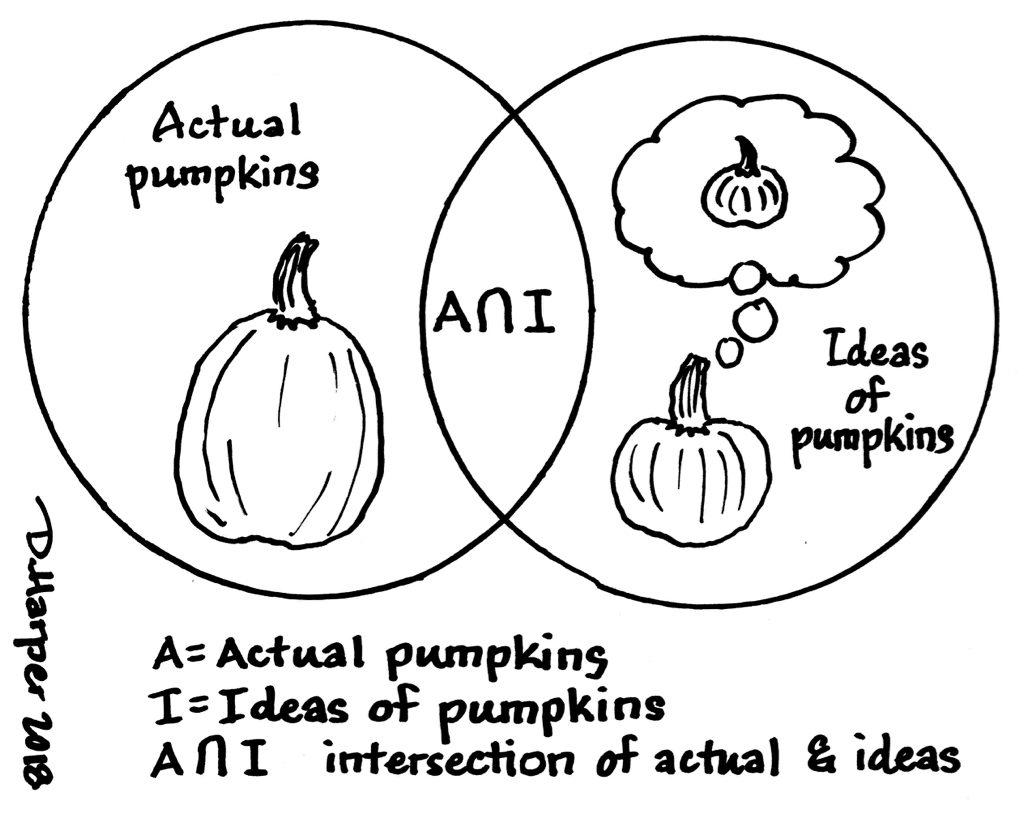Early Sunday morning, I got the announcement from Multifaith Voices for Peace and Justice: “Local synagogues will be gathering TODAY, Sunday 10/28 at 7PM at Congregation Beth Am for mourning, prayers and mutual support after the tragedy at the Tree of Life Congregation in Pittsburgh, PA. Other congregations are warmly welcome to join them.”
Several of us from the Unitarian Universalist Church of Palo Alto (UUCPA) decided to join them. Just in case there were a lot of people, we decided to carpool over. We left the UUCPA parking lot and drove down Charleston Rd., and by the time we crossed Foothills Expressway we realized we were in a line of cars headed to Congregation Beth Am. Even though we were fifteen minutes early, there were no parking places left, and we wound up parking off the road under a tree.
When we got inside the synagogue, the sanctuary was already filled, and they had begun opening up the sliding doors into the social hall. We helped set up more chairs, then sat down. The woman next to me was checking the score of the ball game; she was rooting for the Dodgers, but said her daughter was rooting for the Red Sox. When she found out that I came with some Unitarian Universalists, she thanked us and warmly welcomed us to her synagogue.
More people kept arriving. They brought out even more chairs. I told the woman sitting next to me that I was perfectly able to stand, so if anyone wanted to sit down, she should give the chair to them. I stood near the door, and watched people stream in. There were a few women wearing hijabs. I saw a couple of clerical collars. Not everyone was white. People just kept coming in, and when I finally turned to look behind me I saw that now the entire social hall was filled, too, and there were dozens of us standing along the walls.
The best parts of the service were the songs we sang together. I couldn’t see the words projected on the screen at the front, but I hummed along as best I could. There were good speakers, too, but how much could you say about the senseless murders of eleven people? One of the speakers who touched me most was a Muslim woman; I don’t remember what she said, but I remember her tone of voice which said she knew viscerally what it was like to be a target, and that we all had to look out for one another. The other speaker who touched me deeply was the rabbi who said that her ten year old daughter didn’t want to go to temple on Saturday morning because it wasn’t safe; her rabbi mother insisted they go, and that touched me because that’s what we have to do: we can’t hide from this kind of terrorism, we must face up to it somehow.
It took a quarter of an hour to get out of the parking lot. While we sat in line, Laurel told us about the door-to-door canvassing she was doing in the Central Valley to turn out the vote. I couldn’t help thinking that politicians need to back off with their divisive rhetoric, even if divisiveness wins votes; I couldn’t help thinking that it’s mostly Republican candidates who are making statements that incite violence — Republicans, the party of Abraham Lincoln! We can’t hide from this kind of divisive rhetoric, we must face up to it somehow. Door-to-door canvassing might be one of the best ways to do this; we learned this during the successful campaign for same-sex marriage: demonstrably the strategy that worked best in moving people towards tolerance was face-to-face conversations.
UPDATE 11/2/18: According to the Palo Alto Weekly, there were a thousand people in attendance (in the photo accompanying the article, I’m the tall guy standing in the back).

Above: The view from halfway back in Congregation Beth Am (blurry, because I couldn’t hold the phone steady).


